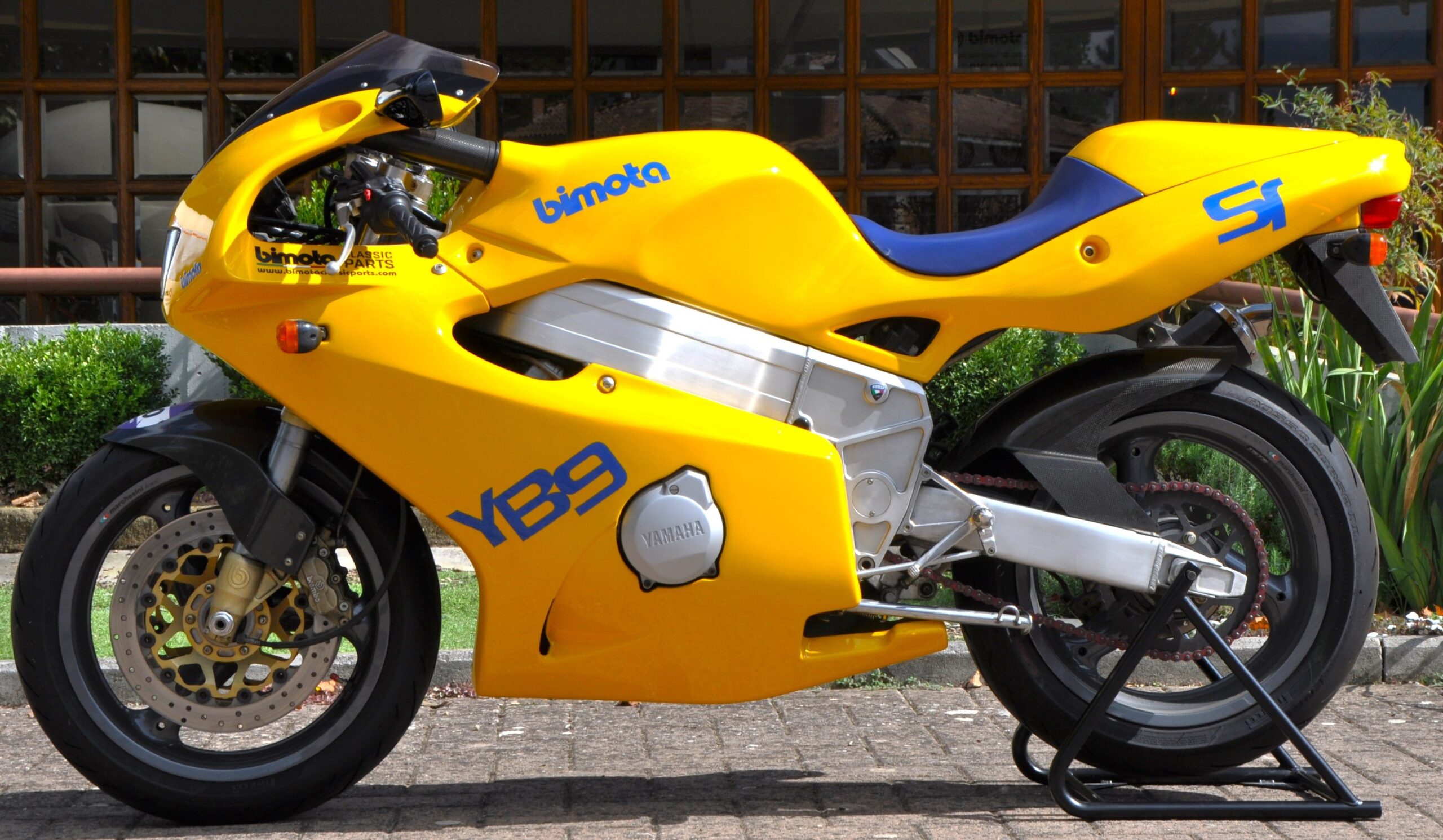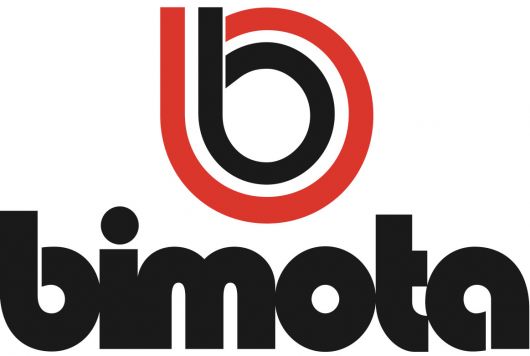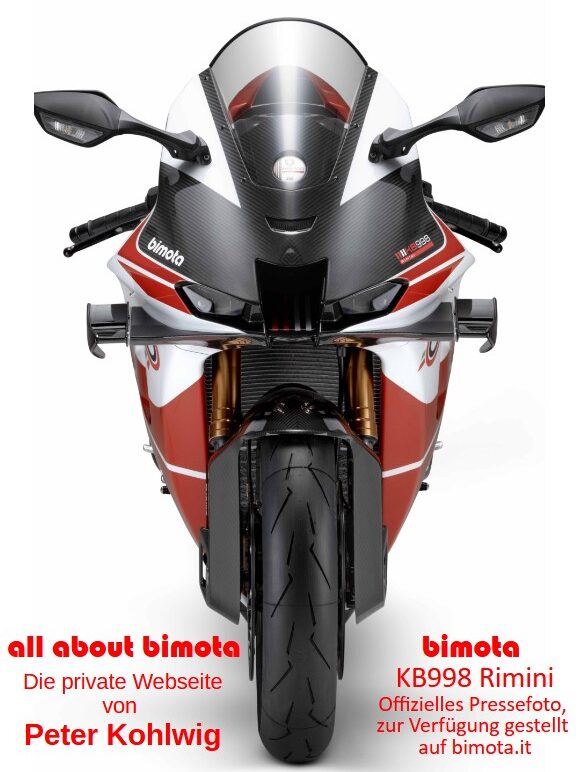
| Designer | Pier Luigi Marconi | Premiere | Milan 1993 |
| Production period | 1994 – 1996 | Production number | 651 |
| Power | 73 KW (100 PS) | Displacement | 598 cc |
| Topspeed | 245 km/h | Weight | wet 193 kg dry 174 kg |
| Price | 24.500 DM (1994) | Colours | 651 yellow 110 red 26 blue |
| Technical basis | Yamaha FZR 600 |
After the modest market success of the two-seater sport-tourer YB9 Bellaria, Bimota returned to a pure sports-oriented approach with its successor model. However, the idea of a passenger seat was not entirely abandoned. Hidden under the cover behind the rider’s seat is a second seat. The necessary rear subframe is made of steel tubes instead of aluminum, as used in the Bellaria.
In the bridge-type frame, the rear crossmember that supports the swingarm is no longer milled from solid material but replaced with a cast component. The aluminum swingarm is both stiffer and lighter, and the chain is now tensioned using pull-adjusters instead of an eccentric system. These measures helped reduce costs without significantly affecting functionality or weight. As a result, the SR received well-deserved praise in the German Motorrad magazine (issue 17/1994):
„The new FZR 600 weighs 21 kg more, and Honda’s CBR 600 is still 16 kg heavier. Congratulations, Bimota. Along with its dream weight, the YB9 features an ultra-sporty chassis geometry: an ultra-short 1375 mm wheelbase, 93 mm of trail, and a 66-degree steering head angle. If you can’t carve through corners effortlessly with this, you might need training wheels.“
The strikingly designed new fairing features two air intakes at the front, channeling intake air through carbon ducts and the monocoque to the intake funnels. This increases the ram pressure in front of the intake valves as speed rises—not necessarily aesthetically pleasing, but effective, as the tested top speed of 236 km/h proves. Additional carbon components include the front and rear fenders as well as the license plate holder.
The YB9 SR continues to be powered by Yamaha’s four-cylinder, four-valve engine from the FZR 600, delivering a nominal 100 hp. The braking system features the proven Brembo Gold Series components. Paioli supplies the fully adjustable 41 mm front fork and central rear shock. The 17″ wheels, fitted with 120/70 tires at the front and 160/60 at the rear, are provided by Marchesini. The resulting riding dynamics are described in the same test report as follows:
„Everything feels very direct, very precise. And how effortlessly this yellow express package, despite its relatively high front axle load, can be thrown through any labyrinth of curves—it’s almost child’s play. Riding becomes a quest for curves, and the ideal line turns into a clearly marked hiking trail.“

